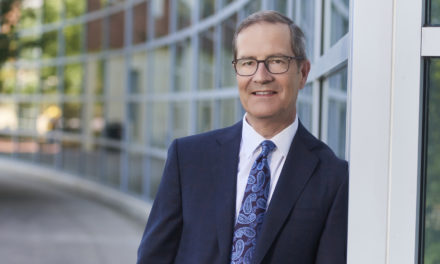The COVID-19 pandemic had a severe and rapid negative effect on the economy, causing widespread business closures, supply chain disruptions, and job losses. Over time, the government implemented several stimulus measures to mitigate a recession, highlighting the pandemic’s economic challenges.
As I reflect on the demand-side shock and ensuing challenges caused by the pandemic, I am reminded of a situation from early in my career.
In the late 1960s and early 1970s, Peru was one of the largest fishing nations in the world. In fact, Peruvian fisherman caught nearly 10 million metric tons of anchovies in 1970. Two years later, there were few anchovies to be found.
So, what happened?
An “El Niño” weather phenomenon caused ocean temperatures to rise and young anchovies were unable to find enough food to survive. Around that same time, the Russian wheat harvest collapsed, which in turn impacted global food supplies. Not long after that, members of OPEC imposed an oil embargo on the United States. These multiple supply-side shocks, coupled with rising oil prices, government overspending, and rising wages pushed interest rates to their highest level in modern history by 1981.

Charles H. Whiteman, John and Karen Arnold Dean
I feel confident that we are in a much better situation today than in the 1970s.
As COVID-19 restrictions loosened, pent-up demand resulted in both increased consumer spending and disrupted supply chains. That, in turn, contributed to inflationary pressures and subsequent shifts in monetary policy. Consumers have been left to wonder if the government can continue to be successful in bringing inflation down without driving the economy into a recession.
Already, they have endured a year of rising interest rates. Unemployment remains extraordinarily low. Demand is surging. Supply chain disruptions are resolving. These are all good signs.
Demand for a high-quality business education remains strong despite the challenges facing the economy. We anticipate the number of college-age students will begin to decrease dramatically in just a few years — the long discussed “enrollment cliff” that’s been caused by a declining birth rate after the great recession of 2008.
As the examples offered in this annual report issue of Smeal Magazine clearly indicate, Smeal is well positioned to absorb these shocks — and thrive in the face of stormy weather: Demand for our programs is on the rise. Our faculty and researchers are exceptional. Our alumni are passionate and engaged. And our students are prepared to tackle the challenges that await them in the real world.
While we acknowledge there are still challenges facing the economy and higher education, we are well positioned for growth at Smeal, regardless of what the future holds. Thanks, as always, for taking this journey with me.
![]()




